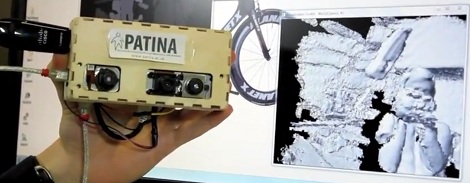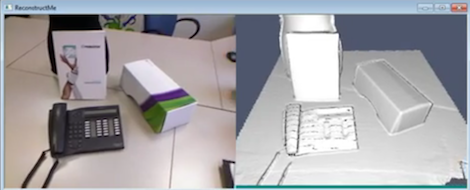
The Makerbot Digitizer was announced this week, giving anyone with $1400 the ability to scan small objects and print out a copy on any 3D printer.
Given the vitriol spewed against Makerbot in the Hackaday comments and other forums on the Internet, it should be very obvious the sets of Hackaday readers and the target demographic Makerbot is developing and marketing towards do not intersect. We’re thinking anyone reading this would rather roll up their sleeves and build a 3D scanner, but where to start? Below are a few options out there for those of you who want a 3D scanner but are none too keen on Makerbot’s offering.















